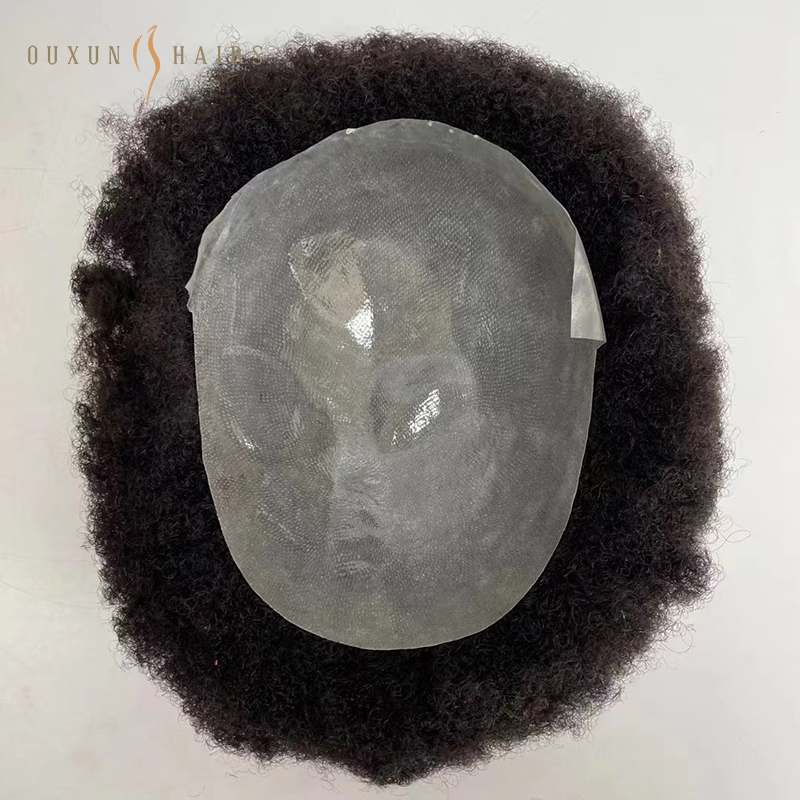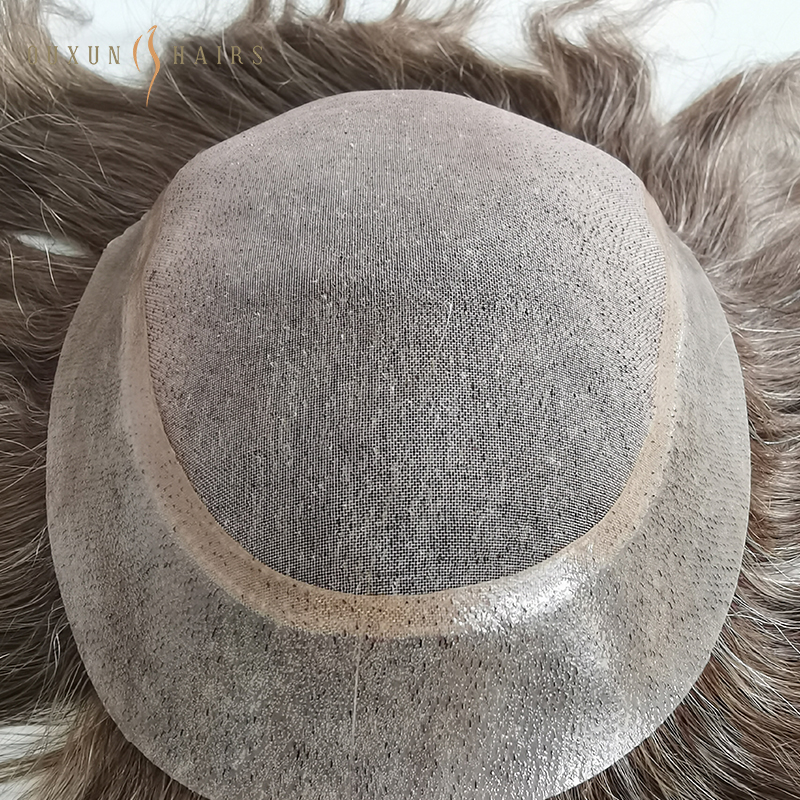For individuals considering hair systems as a solution to hair loss, understanding their expected lifespan is crucial. From ultra-thin skin bases to lace and monofilament options, eachhair systemtype offers varying durability. In this article, we delve into the factors influencing the longevity of hair systems and provide expert tips for extending their lifespan.
Exploring the Lifespan of Hair Systems:
Hair systems are crafted from different base materials, each with its own lifespan. Understanding these materials and their durability is essential for informed decision-making.
Skin Bases: Ultra-thin skin bases, ranging from 0.03mm to 0.1mm, offer varying degrees of longevity. Thicker bases generally last longer, with 0.08mm and 0.1mm options boasting lifespans of 3-6 months.
Lace Bases: Swiss lace and French lace hair systems typically last 1-4 months, with Swiss lace providing enhanced breathability and realism.
Monofilament Bases: Known for their durability, monofilament hair systems can last 6-12 months or longer with proper care.
Factors Influencing Hair System Lifespan:
Beyond base material, several factors impact the longevity of hair systems. Clients should consider these factors when selecting a hair system and implementing maintenance routines.
Hair Coloring/Bleaching:Improper dyeing or bleaching can shorten the lifespan of a hair system by dehydrating the hair and making it brittle. Clients should follow correct procedures and limit color treatments to preserve the integrity of the hair.

Hair Type:The type of hair used in a hair system—such as Chinese, European, or Indian—can affect its durability. Chinese hair is robust, while European hair is delicate. Clients should choose hair types that align with their styling and maintenance preferences.
Hair Quality:Virgin, Remy, and non-Remy hair each offer varying levels of durability. Virgin hair, with intact cuticles, is the most durable, followed by Remy hair. Non-Remy hair may require more frequent replacement due to its lower quality.
Ventilation Method:The ventilation technique used in a hair system can impact its lifespan. Knotless methods like V-looping and injected hair offer a natural appearance but may be more susceptible to shedding. Clients should select ventilation methods that balance aesthetics with longevity.
Expert Tips for Extending Hair System Lifespan:
Hair system experts recommend several strategies for maximizing the lifespan of hair systems, including:
Using the Right Adhesives: Choosing the appropriate glue or tape for the hair system can facilitate easier removal and cleaning, reducing the risk of damage.
Proper Removal Techniques: Gentle removal of the hair system, coupled with adhesive remover application, can minimize stress on the hair and base.
Regular Washing: Regular but not excessive washing using sulfate-free shampoo helps maintain the hair system’s cleanliness and integrity.
Avoiding Wet Comb/Brushing: Wet hair is more prone to damage, so clients should avoid combing or brushing their hair systems when wet to prevent weakening the bond.
Rotating Hair Systems: Rotating between multiple hair systems reduces wear and allows unused pieces to air dry, prolonging their lifespan.
Gentle Untangling: Regularly combing or brushing the hair system can prevent tangling, but clients should do so gently to avoid damage.
Limiting Heat Styling: Excessive use of hairdryers can dehydrate the hair and cause breakage. Clients should minimize heat styling and use heat protectants when necessary.
Conclusion:
The lifespan of a hair system depends on various factors, including base material, hair type, and maintenance practices. By understanding these factors and implementing expert-recommended strategies, clients can maximize the durability of their hair systems and enjoy long-lasting, natural-looking results.
Post time: May-10-2024















